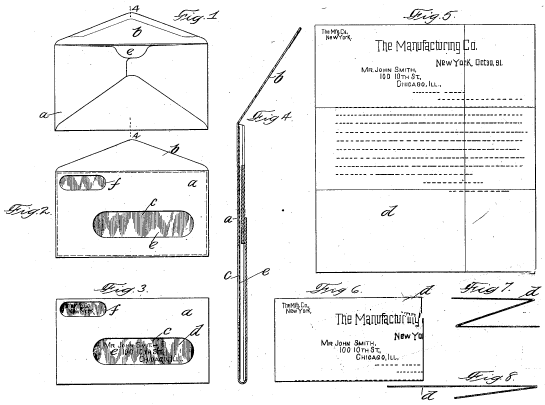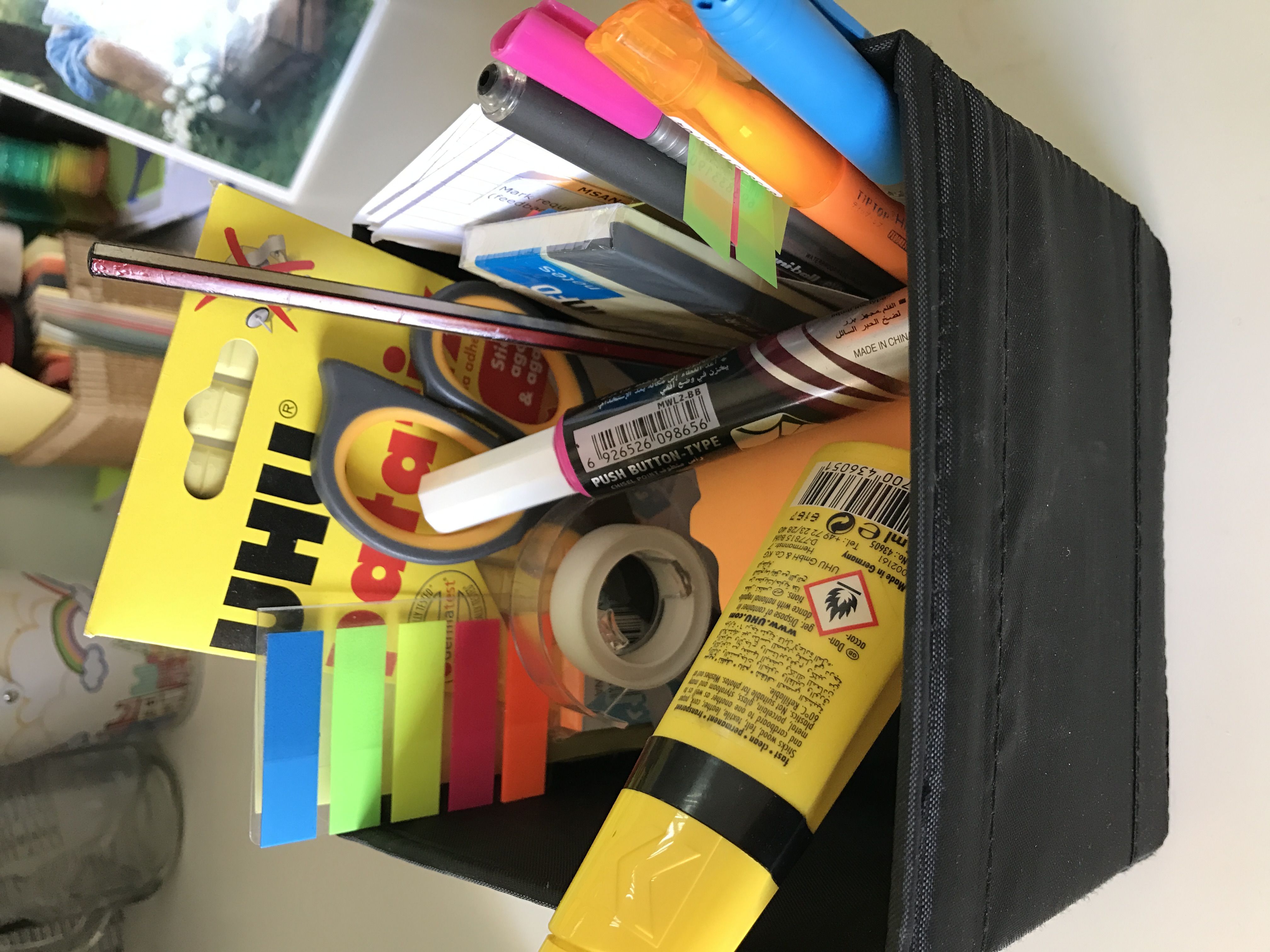|
ISO 217
The ISO 217:2013 standard defines the RA and SRA paper formats. Overview These paper series are untrimmed raw paper. RA stands for “raw format A” and SRA stands for “supplementary raw format A”. The RA and SRA formats are slightly larger than the corresponding A series formats. This allows bleed (ink to the edge) on printed material that will be later cut down to size. These paper sheets will after printing and binding be cut to match the A format. * The ISO A0 format has an area of 1.00 m² * The ISO RA0 format has an area of 1.05 m² * The ISO SRA0 format has an area of 1.15 m² Tolerances Paper in the RA and SRA series format is intended to have a 1:\sqrt aspect ratio but the dimensions of the start format have been rounded to whole centimetres. For example, the RA0 format has been rounded to 860 mm × 1220 mm from the theoretical dimensions \sqrt\cdot2^ \mathrm \times \sqrt\cdot2^ \mathrm \approx 861.7 \mathrm \times 1218.6 \mathrm. The resulting real ratios ar ... [...More Info...] [...Related Items...] OR: [Wikipedia] [Google] [Baidu] |
ISO 216
ISO 216 is an international standard for paper sizes, used around the world except in North America and parts of Latin America. The standard defines the "A", "B" and "C" series of paper sizes, including A4, the most commonly available paper size worldwide. Two supplementary standards, ISO 217 and ISO 269, define related paper sizes; the ISO 269 "C" series is commonly listed alongside the A and B sizes. All ISO 216, ISO 217 and ISO 269 paper sizes (except some envelopes) have the same aspect ratio, , within rounding to millimetres. This ratio has the unique property that when cut or folded in half widthways, the halves also have the same aspect ratio. Each ISO paper size is one half of the area of the next larger size in the same series. Dimensions of A, B and C series History The oldest known mention of the advantages of basing a paper size on an aspect ratio of is found in a letter written on 25 October 1786 by the German scientist Georg Christoph Lichtenberg ... [...More Info...] [...Related Items...] OR: [Wikipedia] [Google] [Baidu] |
ISO 269
An envelope is a common packaging item, usually made of thin, flat material. It is designed to contain a flat object, such as a letter or card. Traditional envelopes are made from sheets of paper cut to one of three shapes: a rhombus, a short-arm cross or a kite. These shapes allow the envelope structure to be made by folding the sheet sides around a central rectangular area. In this manner, a rectangle-faced enclosure is formed with an arrangement of four flaps on the reverse side. Overview A folding sequence such that the last flap closed is on a short side is referred to in commercial envelope manufacture as a pocket – a format frequently employed in the packaging of small quantities of seeds. Although in principle the flaps can be held in place by securing the topmost flap at a single point (for example with a wax seal), generally they are pasted or gummed together at the overlaps. They are most commonly used for enclosing and sending mail (letters) through a prepaid ... [...More Info...] [...Related Items...] OR: [Wikipedia] [Google] [Baidu] |
ISO Standards
The International Organization for Standardization (ISO ) is an international standard development organization composed of representatives from the national standards organizations of member countries. Membership requirements are given in Article 3 of the ISO Statutes. ISO was founded on 23 February 1947, and (as of November 2022) it has published over 24,500 international standards covering almost all aspects of technology and manufacturing. It has 809 Technical committees and sub committees to take care of standards development. The organization develops and publishes standardization in all technical and nontechnical fields other than electrical and electronic engineering, which is handled by the IEC.Editors of Encyclopedia Britannica. 3 June 2021.International Organization for Standardization" ''Encyclopedia Britannica''. Retrieved 2022-04-26. It is headquartered in Geneva, Switzerland, and works in 167 countries . The three official languages of the ISO are English, Fre ... [...More Info...] [...Related Items...] OR: [Wikipedia] [Google] [Baidu] |
Stationery
Stationery refers to commercially manufactured writing materials, including cut paper, envelopes, writing implements, continuous form paper, and other office supplies. Stationery includes materials to be written on by hand (e.g., letter paper) or by equipment such as computer printers. History of stationery Originally, the term 'stationery' referred to all products sold by a stationer, whose name indicated that his book shop was on a fixed spot. This was usually somewhere near a university, and permanent, while medieval trading was mainly carried on by itinerant peddlers (including chapmen, who sold books) and others (such as farmers and craftsmen) at markets and fairs. It was a unique term used between the 13th and 15th centuries in the manuscript culture. Stationers' shops were places where books were bound, copied, and published. These shops often loaned books to nearby university students for a fee. The books were loaned out in sections, allowing students to study or cop ... [...More Info...] [...Related Items...] OR: [Wikipedia] [Google] [Baidu] |



